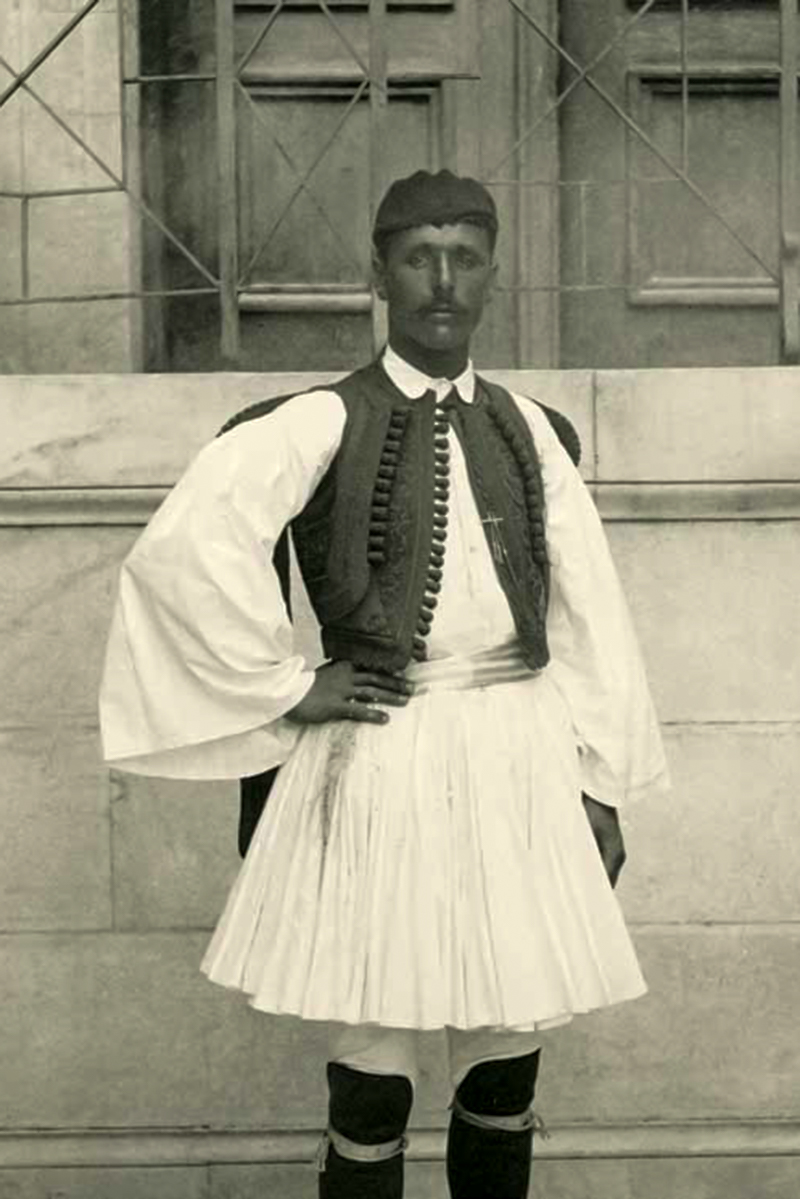The Marathon Race.
A few days ago (on Nov. 14, 2021) the 38th Marathon, the Authentic, took place in Athens Greece and many TV stations worldwide showed splendid images of the start, of the athletes and of the finish line in the Panathenaic Stadium. The event reminded me of a few photos that, to my knowledge, have never been broadcast on TV, so I am sharing some of them with you today with short references to the Battle of Marathon and to the marathon race in modern Olympic Games.
The battlefield
Somewhere between these wetlands, known since antiquity, and the foot of the mountains in the distance took place the Battle of Marathon in September 490 BC between the Greeks and the Persians. The latter had come all the way from Persia (It is called ‘Iran’ today.) to conquer Greece and export their civilization to the west. Instead, they killed 192 Athenians and went back leaving behind 6400 dead Persian soldiers.
The Athenian Tumulus
 |
| 803_3778 [Athenian Tumulus] |
The Athenian Tumulus, as it is called, is an artificial little hill, about 12 m tall and dominates the plain of Marathon where the battle took place. It was erected by the Greeks after the victory as a burial mound for the 192 Athenians who fell during the battle. Only a few meters behind the Tumulus is where Marathon, the Authentic, starts every year.
The picture was taken on February 19, 2019.
Miltiades
Miltiades was the victorious “commander in chief” of the Greek forces in the Battle of Marathon. His statue, a work of Antonis Ntagadakis and Vasilis Kaparos, stands in his honor a few meters away from the Tumulus.
It is said that when the battle ended victoriously for the Greeks, a messenger named Pheidippides was sent to Athens to carry the good news to the Athenians who had remained back home. He ran all the way there covering a distance of about 42 km.
Spyros Louis
 |
| Photo source: Album of Olympic Games 1896, Benaki Museum |
The route that was followed by Pheidippides after the Battle of Marathon is the same as the one that is followed by athletes today during the marathon in modern Olympic Games. Spyros Louis (his portrait in national costume above) was the marathon winner in the first modern Olympic Games that took place in 1896 in Athens. He was not an athlete but a daily water-carrier from Marousi to Athens with considerable innate athletic abilities.
The Trophy
 |
| 803_9497 [Breal Cup] |
Louis, the winner, in addition to the “first-place medal”, and an honorary diploma he was also donated the Bréal Cup (above) and a Skyphos (below).The Bréal Cup was designed by French philhellene Michel Bréal, who had the original idea to include a marathon race in the modern Olympic Games. It was made out of pure silver and was relatively small, having a height of 15 cm. An inscription at the top said in Greek: "Olympic Games 1896, Marathon Trophy Donated by Michael Bréal.
It was photographed in the Cultural Center “Stavros Niarchos” in Athens on November 08, 2021
Skyphos
 |
| 803_5770 [Skyphos] |
Along with Bréal’s silver cup Louis also received this ancient vase [called “Skyphos” in Greek] offered by professor Spyridon Lambros. On both sides of the vase two long distance runners are overseen by two figures, possibly judges. The vase dates back to 540-520 BC and was found in Thebes.
The picture was taken on January 22, 2020 within the National Archeological Museum in Athens where it was being temporarily displayed. Today, it is permanently exhibited in the Museum of the History of the Olympic Games, located near the archaeological site of ancient Olympia.
For a related older post please click HERE.





